
Red Spots on Skin: 13 Common Causes
13 Common Reasons for Red Spots on the Skin: Causes, Symptoms, and Treatments
Red spots on the skin are a widespread concern and can arise from numerous causes—ranging from mild irritations to underlying health conditions. Whether triggered by environmental factors, infections, allergic reactions, or autoimmune diseases, these spots can vary in appearance, severity, and required treatment. While some resolve on their own, others may demand medical attention to prevent complications.
Understanding what’s behind those red patches, bumps, or blotches can help guide proper treatment and ease anxiety. In this article, we explore 13 of the most common reasons behind red spots on the skin—what causes them, how to recognize them, and what you can do to treat or prevent them.
Additionally, it’s important to note that red spots can appear differently depending on skin tone. For example, acne may look red on lighter skin but appear darker or purple on deeper skin tones, which can sometimes lead to misdiagnosis or delayed treatment.
1. Heat Rash (Miliaria)
Heat rash, also called miliaria, often occurs in hot or humid weather when sweat glands become blocked. This results in small red bumps that may feel itchy, prickly, or sore. These bumps typically show up in areas prone to sweat, such as the armpits, chest, back, neck, groin, or under the breasts.
Factors like living in a hot climate, wearing tight or synthetic clothing, or being confined to bed for long periods can increase risk. To relieve symptoms, keep the skin cool with cool baths or compresses, and wear breathable clothing. Avoid using thick lotions that can trap heat and worsen symptoms.
Heat rash often clears up in a few days, but in cases where the skin becomes broken or infected, topical or oral antibiotics may be necessary. See a healthcare provider if you notice signs of infection, such as pus, skin flaking, or a whitish film over the rash.
2. Cherry Angiomas
Cherry angiomas are small, bright red or purplish growths that often appear on the trunk and develop with age, particularly in people over 30. Though they can bleed if scratched or bumped, they are entirely benign and not linked to cancer.
No treatment is usually needed unless for cosmetic reasons or frequent bleeding. If desired, removal methods include laser therapy, cryotherapy (liquid nitrogen), or electrosurgery. These procedures are minimally invasive and relatively painless.
3. Contact Dermatitis
Contact dermatitis is a common condition triggered by direct exposure to irritants or allergens. It presents as red, itchy patches or bumps and can be accompanied by dryness, flaking, or swelling.
There are two main types:
-
Irritant Contact Dermatitis – Results from damage to the skin's protective barrier by harsh substances like detergents or chemicals.
-
Allergic Contact Dermatitis – Occurs when the immune system overreacts to allergens such as nickel, latex, or fragrances.
Identifying the trigger is vital. In some cases, a patch test may be required. Avoiding the irritant or allergen is the most effective approach. Treatments may include over-the-counter hydrocortisone cream, oral antihistamines, or prescription-strength corticosteroids for more severe reactions.
4. Ringworm (Tinea Corporis)
Despite its name, ringworm is a fungal infection, not a parasitic one. It manifests as a red, ring-shaped rash with raised, scaly edges. Commonly found on the arms, legs, or trunk, it is highly contagious.
Ringworm spreads through direct skin contact, contaminated items (like towels or gym equipment), and even pets. Over-the-counter antifungal creams are often effective, but in more stubborn or widespread cases, oral antifungal medication may be needed. Prompt treatment is essential to prevent spread.
5. Atopic Dermatitis (Eczema)
Atopic dermatitis, also known as eczema, is a chronic inflammatory skin condition. It leads to red, dry, itchy patches that may crack or weep. It's particularly common in children, but adults can also develop or retain the condition.
Triggers include allergens, cold weather, hot showers, and stress. Managing eczema involves using moisturizers daily and avoiding irritants. Flare-ups may be treated with topical corticosteroids, oral antihistamines, or immunomodulators in more severe cases.
6. Drug Rash
Certain medications can trigger allergic skin reactions, known as drug rashes. These can range from mild hives or red patches to more serious blistering or widespread rashes. Common culprits include antibiotics, anticonvulsants, and NSAIDs.
Symptoms may occur days or even weeks after starting a new medication. Discontinuing the drug is usually the first step. However, additional treatments like steroids, antihistamines, or hospitalization in severe cases (such as Stevens-Johnson syndrome) may be required. Always consult a healthcare provider when a rash appears during medication use.
7. Pityriasis Rosea
Pityriasis rosea is a temporary rash, often starting with a single large red patch (herald patch), followed by smaller, ring-like lesions. It commonly affects teens and young adults and may be accompanied by mild flu-like symptoms.
While the cause isn’t fully understood, it's thought to be linked to viral infections. The rash usually resolves on its own in 6 to 8 weeks, but treatments like topical steroids, antihistamines, and antivirals can ease itching and discomfort.
8. Blood Spots (Purpura)
Purpura refers to red or purple spots caused by bleeding beneath the skin. Unlike a bruise, these spots don't fade with pressure. Purpura may result from trauma, low platelet counts, or clotting disorders.
While small patches may be harmless, widespread purpura can indicate serious conditions like vasculitis or leukemia. Diagnosis requires blood tests and a physical exam. Treatments range from steroids to IV medications, depending on the underlying cause.
9. Swimmer’s Itch (Cercarial Dermatitis)
Swimmer’s itch is an allergic reaction caused by skin contact with parasite larvae (schistosomes) found in freshwater or saltwater. It results in red, itchy bumps or welts appearing within hours after swimming.
Although uncomfortable, the condition isn’t contagious or dangerous. It typically resolves within a few days. Relief may be achieved with topical corticosteroids, oral antihistamines, and, in rare cases, antibiotics if the skin becomes infected due to scratching.
10. Psoriasis
Psoriasis is a chronic autoimmune condition marked by rapid skin cell turnover, leading to thick, red plaques covered with silvery scales. Common sites include elbows, knees, and scalp.
Triggers include stress, medications, or skin injury. Management varies by type and severity, including topical treatments, UV light therapy, systemic immune-suppressing medications, and biologic injections. Lifestyle changes like reducing stress and maintaining skin hydration can also help reduce flare-ups.
11. Lichen Planus
Lichen planus is a lesser-known autoimmune skin disorder causing itchy, flat-topped, reddish-purple spots. It can affect the skin, mouth, nails, genitals, or scalp.
The condition often affects women aged 30 to 60 and may be linked to genetics or viral infections. While not contagious, lichen planus can be persistent and recur. Treatments include topical corticosteroids, retinoids, and antihistamines to control itching and inflammation.
12. Petechiae
Petechiae are tiny red or purple dots resulting from bleeding under the skin. Unlike rashes, petechiae don't fade when pressed and often appear in clusters on the arms, legs, or torso.
They are often signs of an underlying issue, such as infection, allergic reactions, or bleeding disorders. Seek immediate medical attention if petechiae are accompanied by fever, fatigue, or other systemic symptoms, as this could signal a serious infection like meningitis or sepsis.
13. Pimples (Acne Vulgaris)
Acne vulgaris, commonly known as acne, leads to red spots on the face, chest, and back due to blocked pores from oil, dead skin, and bacteria. It’s most common in adolescents but can persist into adulthood.
Mild acne can be managed with OTC cleansers containing benzoyl peroxide or salicylic acid. More severe forms like cystic acne may require topical retinoids, oral antibiotics, isotretinoin, or hormonal therapy. Dermatological procedures like chemical peels or laser therapy may also be beneficial.
When to See a Doctor
Red spots on the skin can range from harmless to serious. While many resolve on their own, it’s crucial to monitor symptoms and consult a healthcare provider if:
-
The rash spreads quickly
-
You experience fever, fatigue, or swelling
-
There's pus, severe pain, or difficulty breathing
-
The spots don’t improve with
News in the same category


Doctor's Warning To People Whose Fingers And Toes Change Color And Feel Numb In The Cold

Vaping vs. Smoking: New Study Says Vapes May Be More Harmful

Study Explains How the First Born Child Is Often the Most Intelligent

What 20 Seconds of Hugging Can Do for You

New Study Found Microplastics In Every Single Human Semen Sample
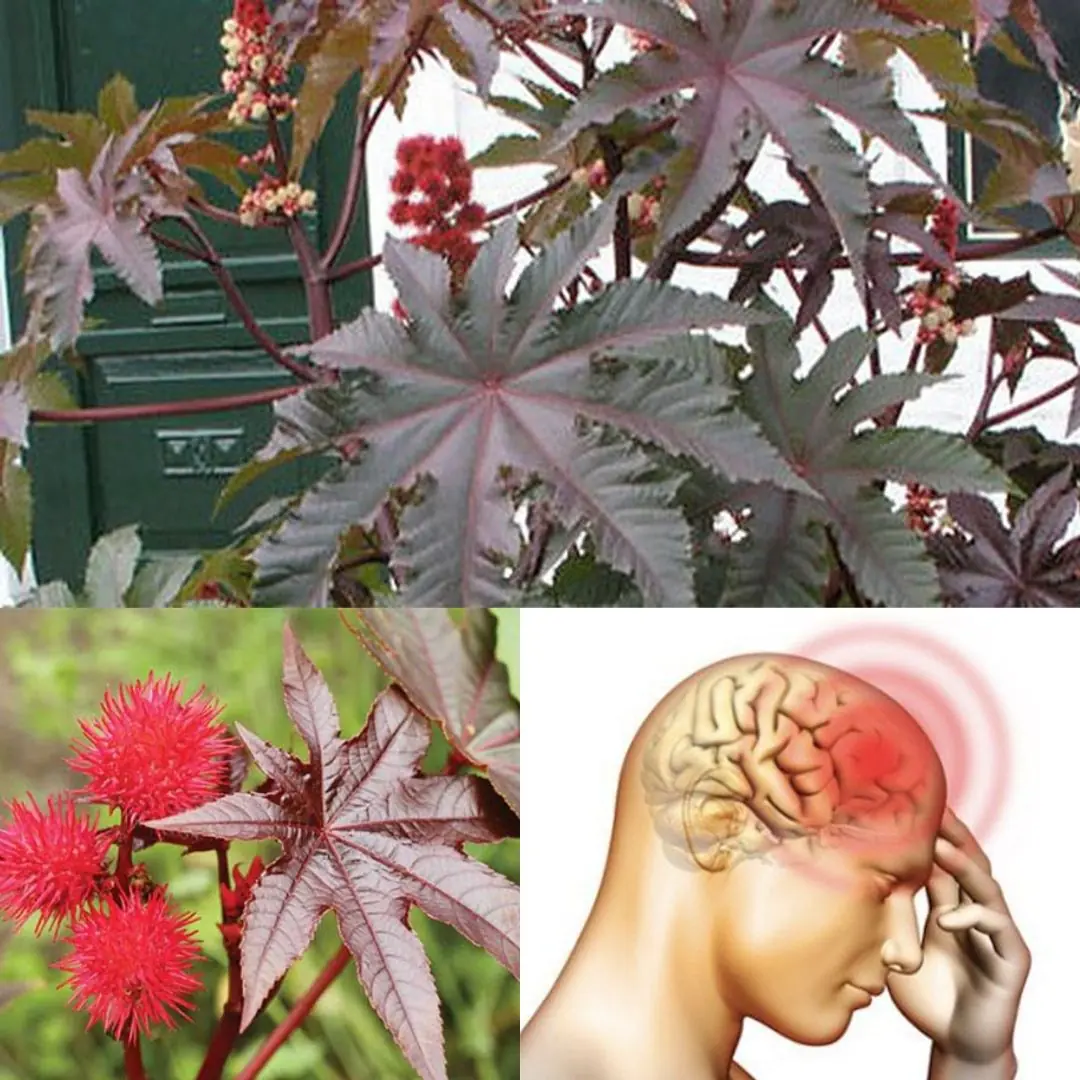
Unlock the Health Benefits of the Castor Bean Plant: A Natural Remedy for Wellness
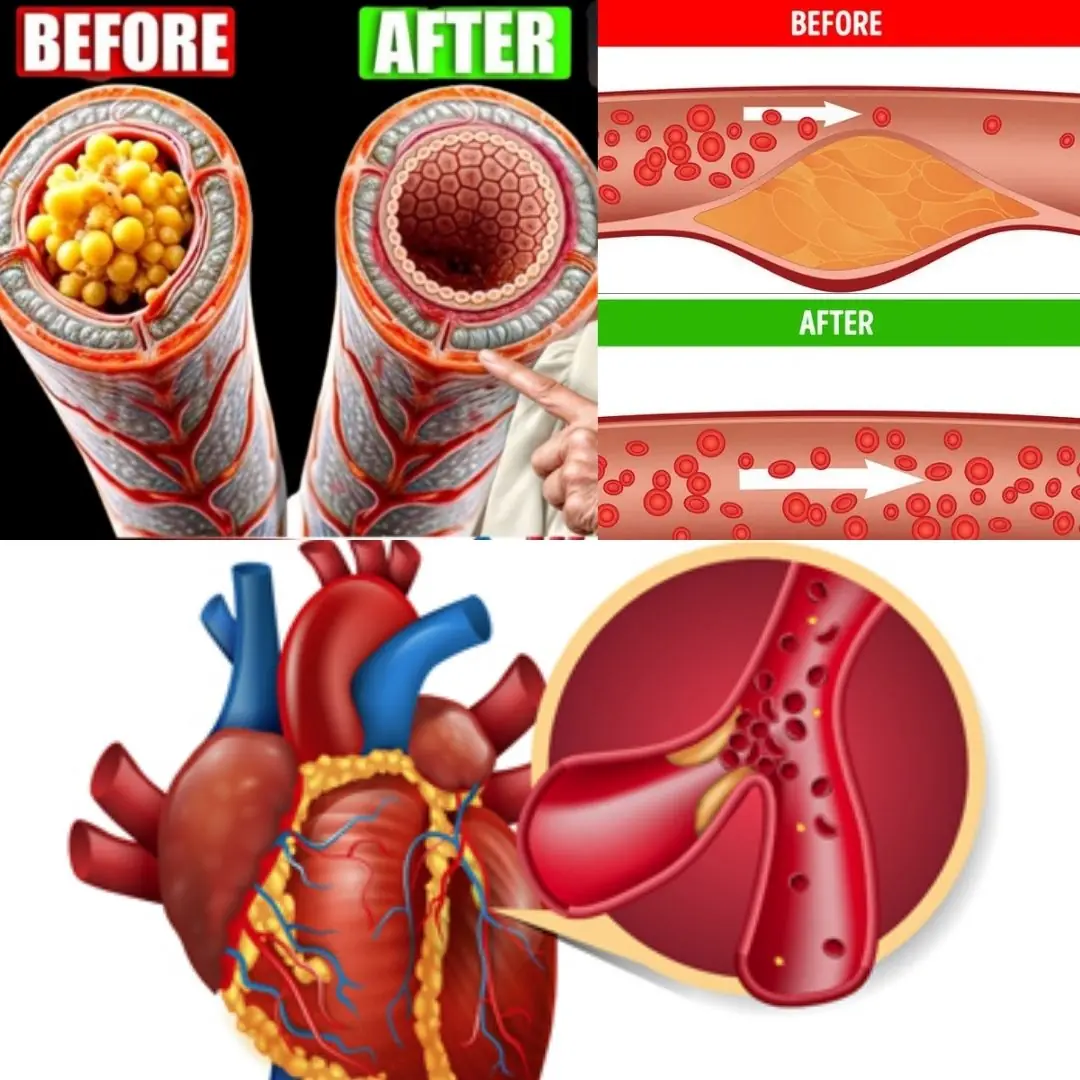
10 Vegetables That Are Good for Your Heart
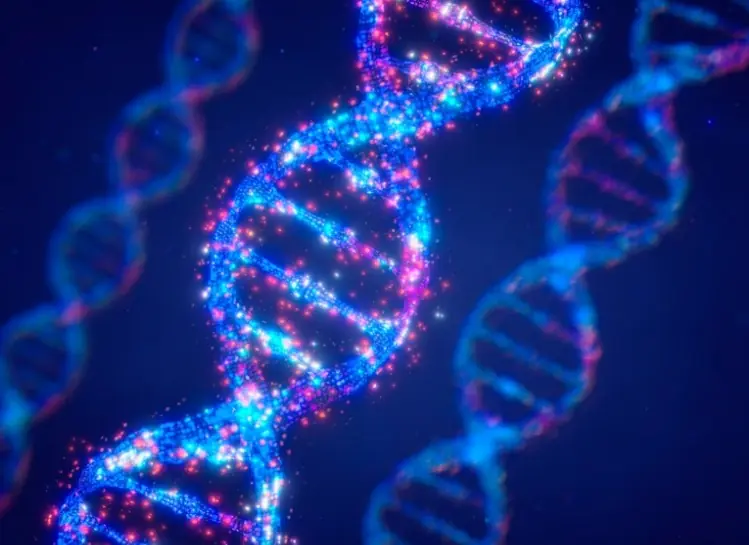
I-motif DNA structures are formed in the nuclei of human cells

Hyperacute rejection-engineered oncolytic virus for interventional clinical trial in refractory cancer patients
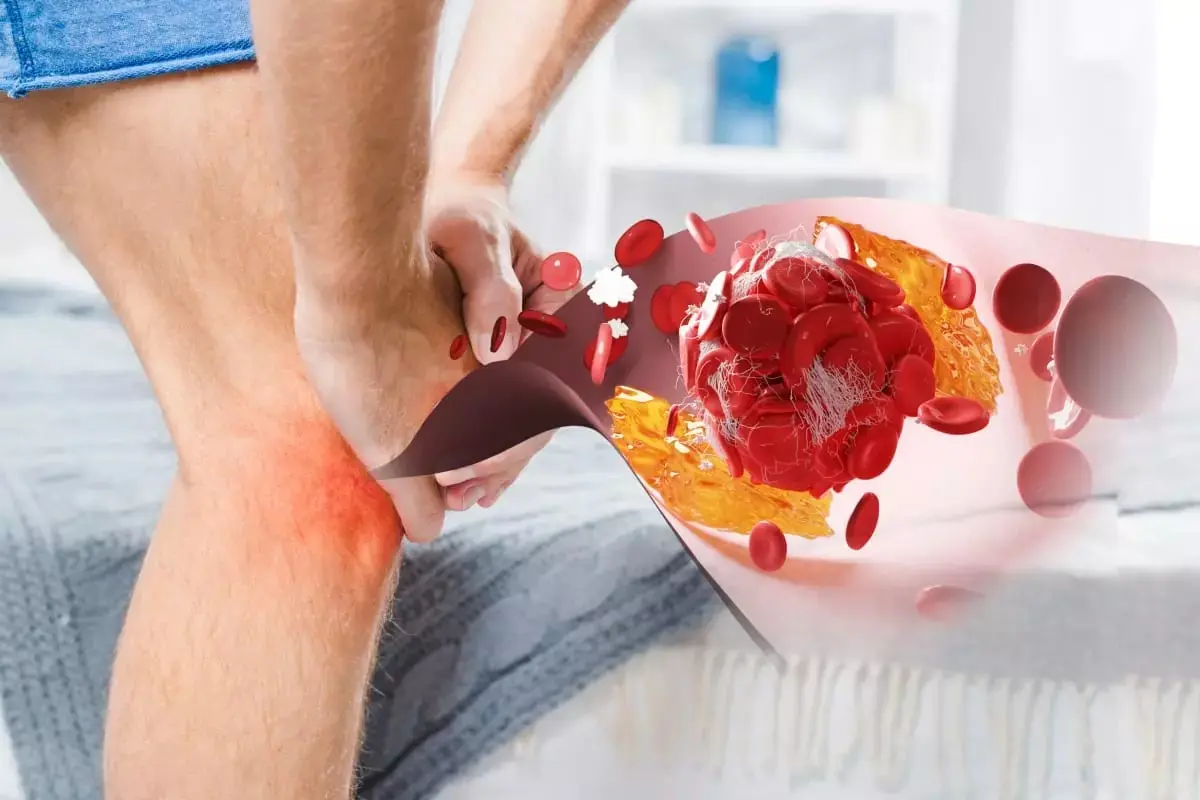
Your Feet Could Be Signaling That Your Arteries Are Clogged

36-Year-Old Teacher Dies From Diabetes Doctors Say Was Triggered By Everyday Foods
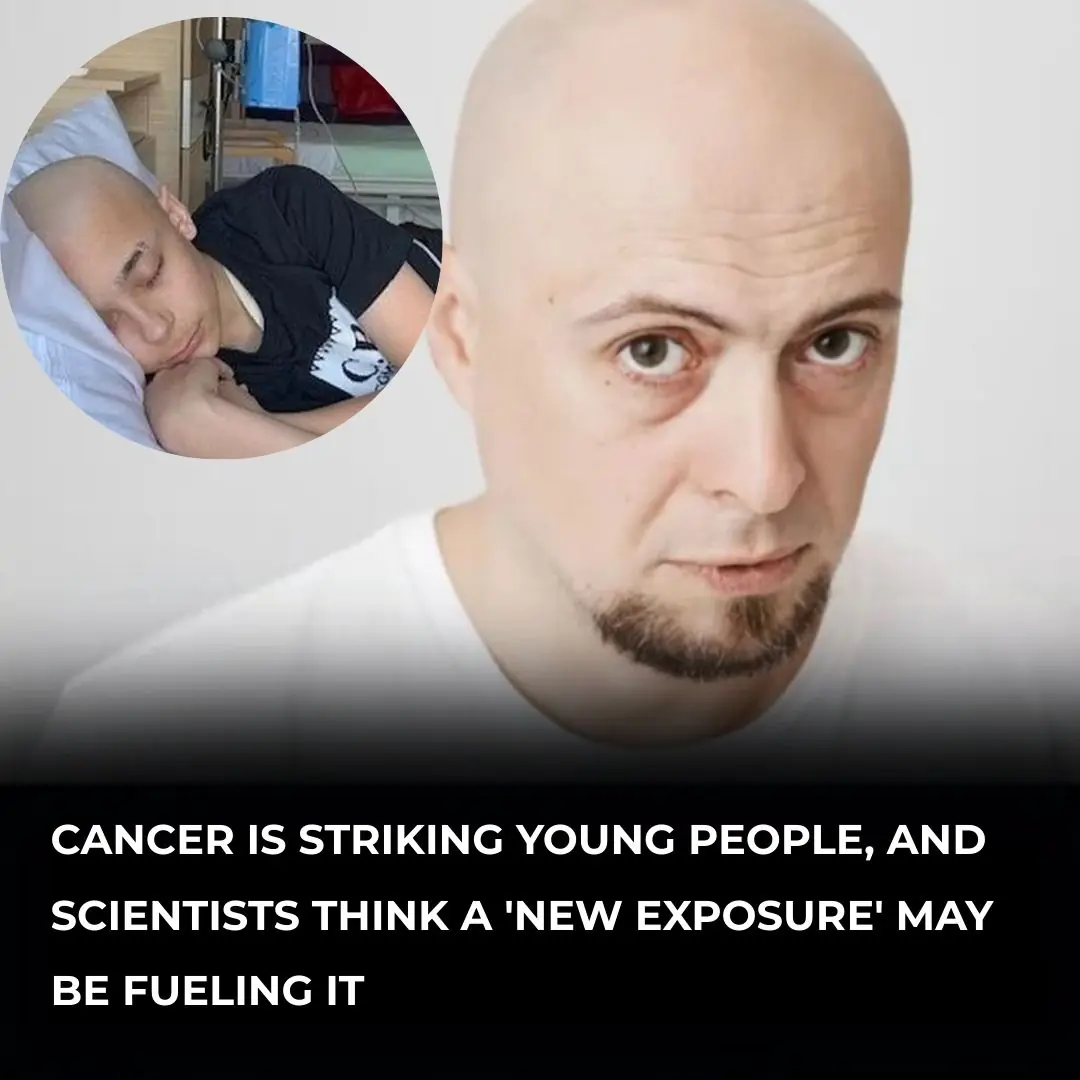
Cancer Rates Rising in Gen X and Millenials Compared to Older Generations, Study Finds
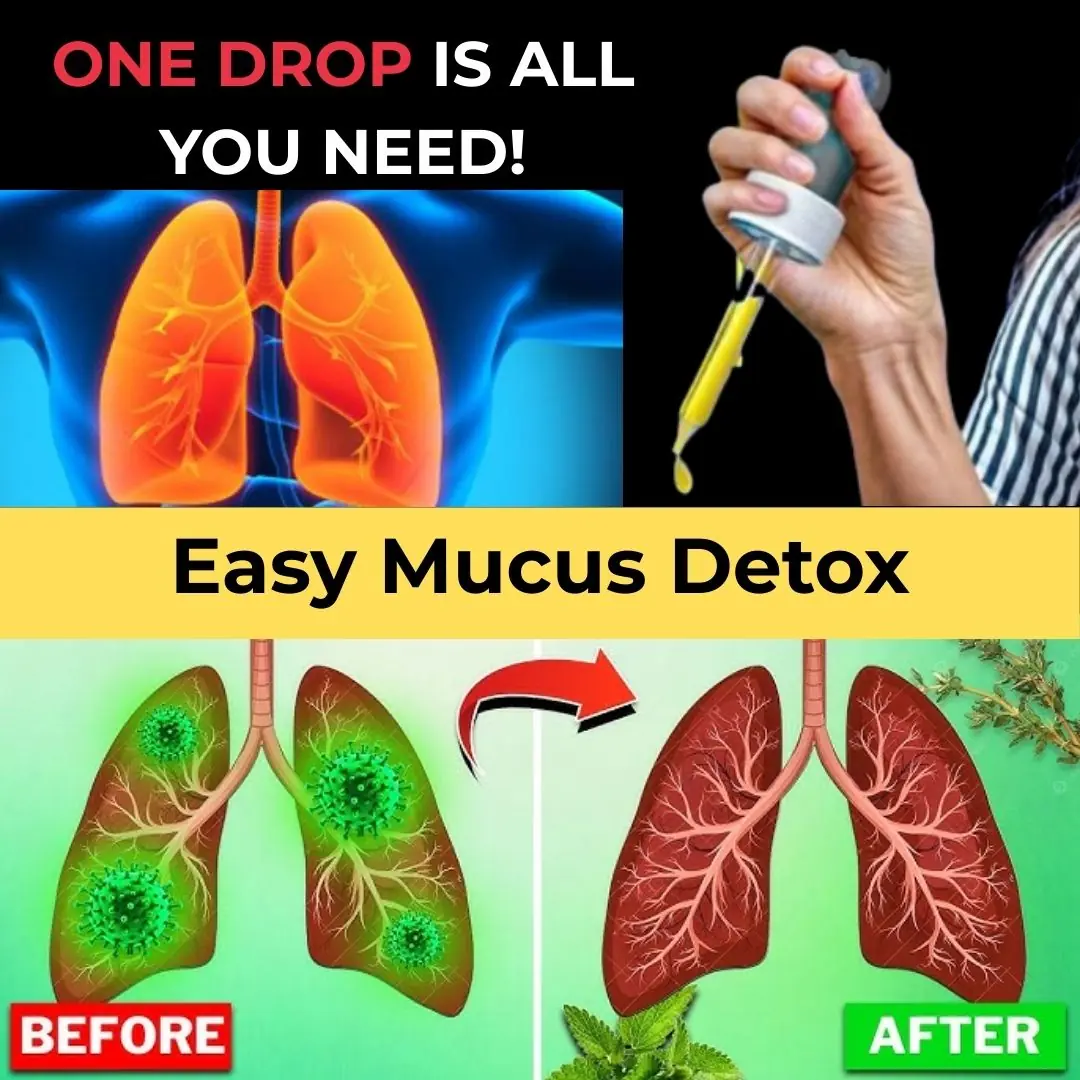
Lungs Full of Mucus? 1 SINGLE Drop Clears Airways & Restores Lung Health! | Barbara O’Neill

Rejuvenate Your Prostate Naturally: The Incredible Power of Tomato and Garlic Juice

Experts reveal the five foods that seriously affect your eyesight including one many of us eat every day
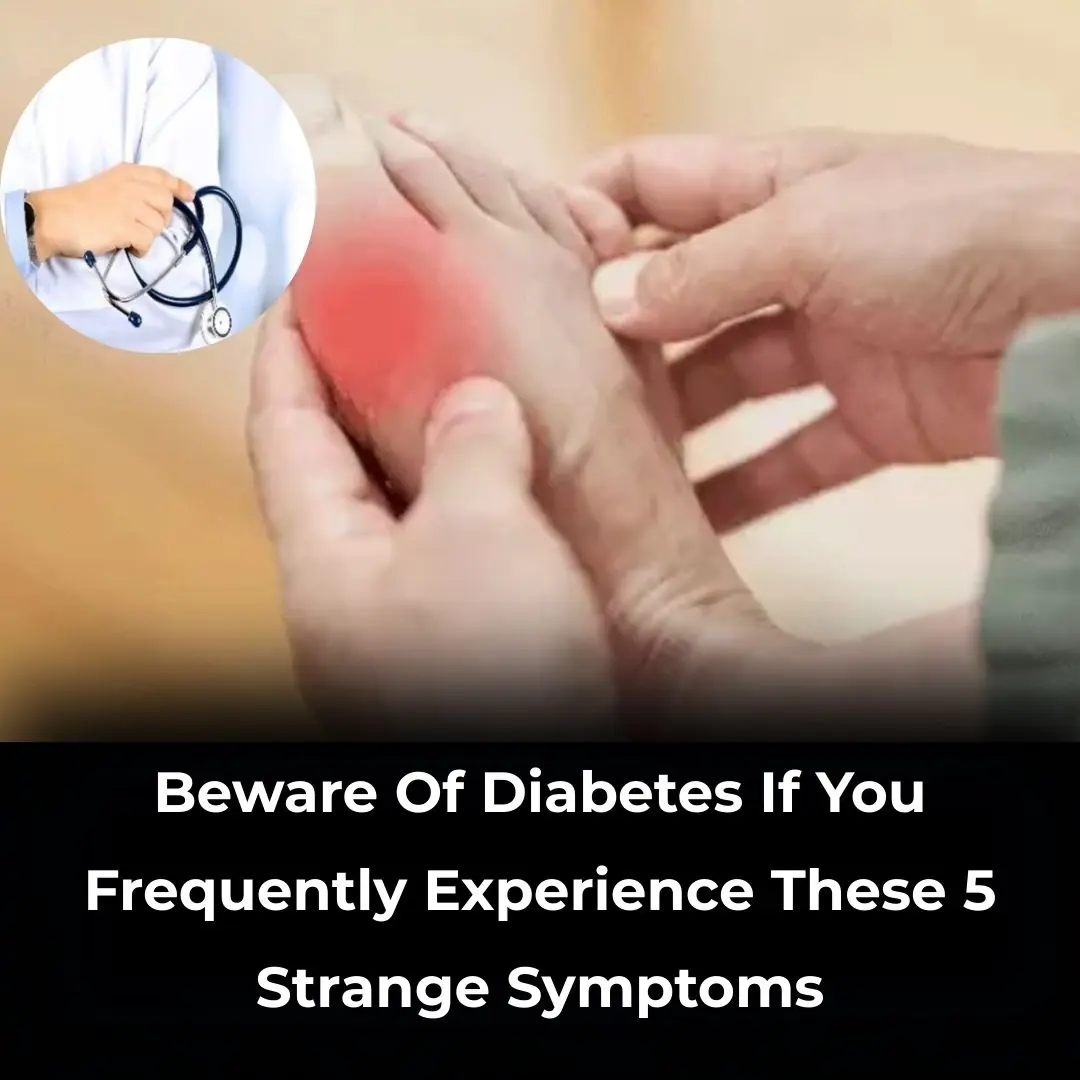
Early signs of diabetes many fail to notice

Bizarre permanent effect being stressed for just 5 days can have on your body
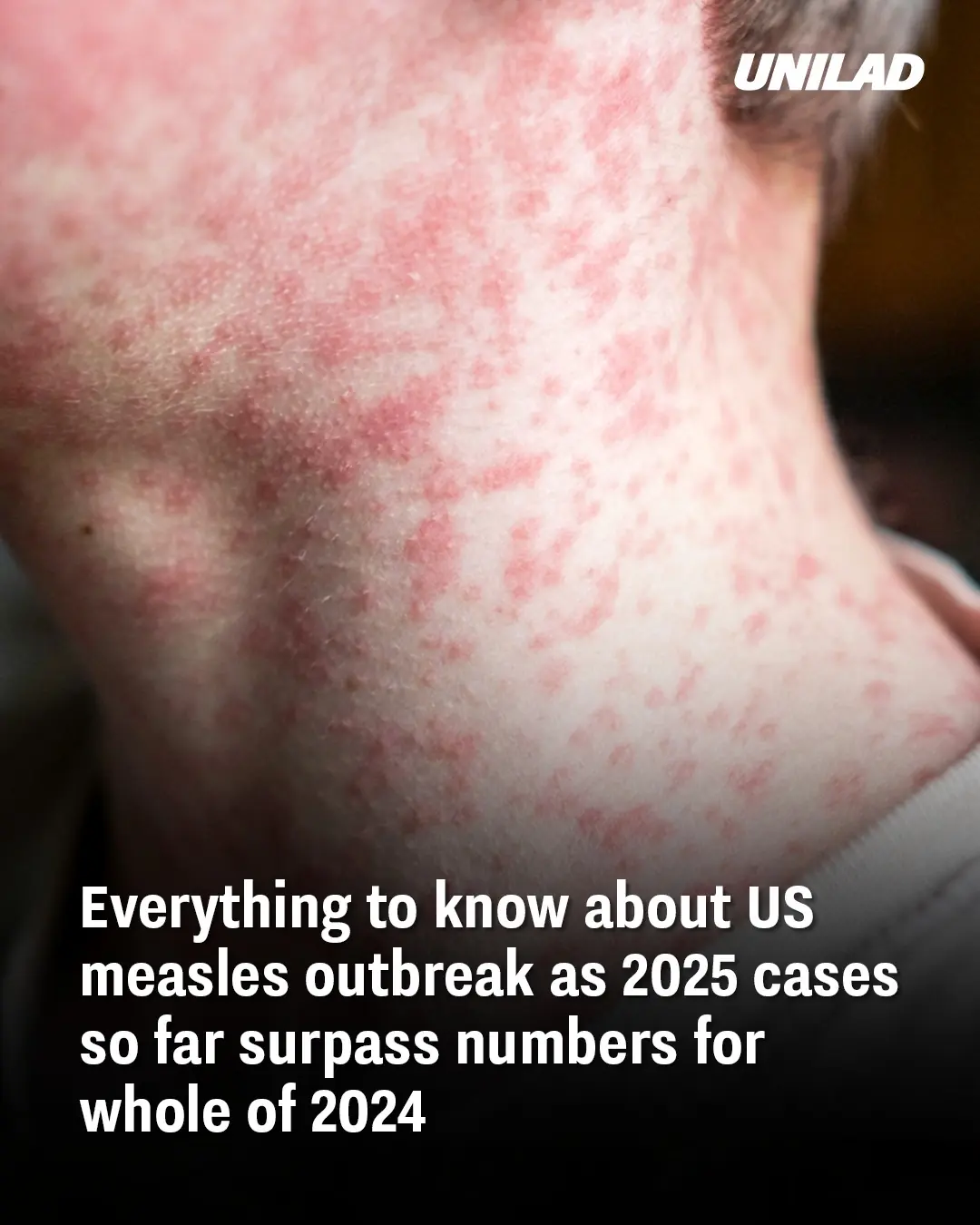
Everything to know about US measles outbreak as 2025 cases so far surpass numbers for whole of 2024
News Post

Pulsatile Tinnitus: Why You Hear Your Heartbeat While Lying Down

Doctor's Warning To People Whose Fingers And Toes Change Color And Feel Numb In The Cold

Vaping vs. Smoking: New Study Says Vapes May Be More Harmful

Businessman Loses All Hope After His Diagnosis, but One Hospital Encounter Changes Everything

My Husband's 'Business Partner' Showed Up at Our Door and Mistook Me for the Cleaning Lady — I Decided to Play Along

My Husband Asked for a Divorce Right After Learning About His Rich Father's Inheritance

Entitled Mom Claimed My Seat at the Cafe — Her Face Turned Red after I Taught Her a Lesson

My Fiancé Told Me His Grandma Wanted to Meet Me Before the Wedding – As I Arrived, a Nurse Pulled Me Aside and Said, 'Don't Believe a Word'
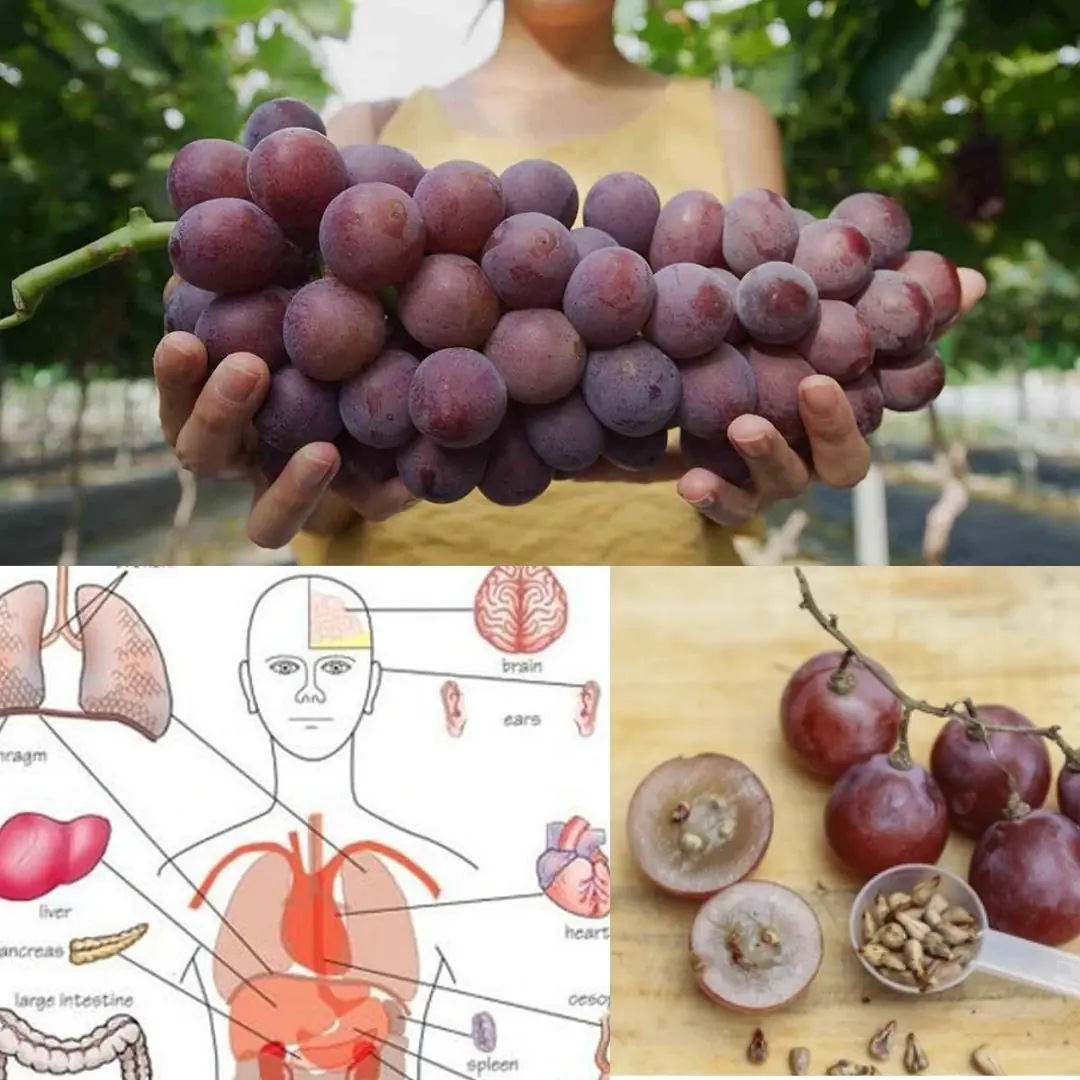
The Healthy Benefits Behind Grapeseed Extract: A Comprehensive Guide

I Built My Dream Home With My Husband of 22 Years — Then He Put It in His Mistress's Name!

Study Explains How the First Born Child Is Often the Most Intelligent

What 20 Seconds of Hugging Can Do for You

New Study Found Microplastics In Every Single Human Semen Sample

Unlock the Health Benefits of the Castor Bean Plant: A Natural Remedy for Wellness

'I Told You a Hundred Times Not to Do That!' My Husband's Accidental Words to My Friend, Whom I Thought He Had Never Met Before

We Rented a House From an Elderly Woman—And Found Letters in the Walls from the Man She Lost

My Family Left Grandpa at the Hotel to Avoid Paying — They Didn't Realize I Was the Wrong Grandson to Mess With

10 Vegetables That Are Good for Your Heart
